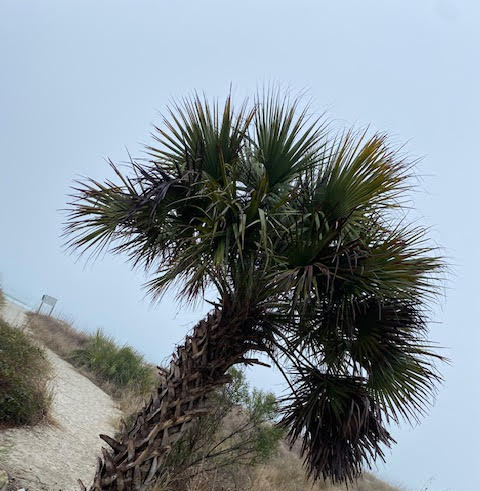
Conversely, a model such as “launch” or “processing” is clearly visible and is vulnerable, therefore, to inspection and even criticism. For instance, we find that a model such as “teamwork” (borrowed by business from the domain of sports) is sometimes subject to critical review: “a group of people working on an important project are doing something much more important than scoring a touchdown.” “There are no quarterbacks on this team, only co-workers and co-learners.” While this kind of push-back is rare, it is done and is viewed as legitimate. Socially constructed models, in other words, are not “God-given.” (as are paradigmatic constructions). They are made by humankind and are contained in our everyday language. Using the term introduced by Argyris and Schon, models are discussable (rather than being “self-sealing”).
Practices, which are the third element in our tri-partite categorization, are clearly not social constructions. They are explicit and readily discussed. Alternative practices are always available, though the number of viable options might be quite limited if the underlying models and paradigm(s) are particularly powerful and compelling. The story is a bit bigger than this. The options are often limited, constrained and strictly enforced under conditions of pervasive and sustained anxiety–especially when there is pervasive volatility, uncertainty, complexity, ambiguity, turbulence and contradiction (Bergquist, 2020). These conditions are common in our mid-21st Century world.
Facts and the Epistemological Pyramid
Very infrequently the fact can influence the paradigm. The fact becomes an “anomaly” that can’t be fully absorbed in the existing paradigm. This becomes an either/or that can flip a paradigm (“turning point’) Facts reside in and are produced within an “institution” — the institution can be reputable (inside existing paradigm) or it can be renegade (outside the existing paradigm). A cutting-edge fact is more likely to be produced in the renegade institution. However, this fact is more likely to be accepted eventually if it comes from a reputable institution.
Conclusions
We turn back to where we began. John D’Agata is struggling against the Fact-laden intrusion of Jim Fingal, that young “wiper-snapper,” who insists on doing the job assigned to him. He is fact-checking everything that John has written. The book which D’Agata and Fingal co-wrote is filled with all the minute corrections offered by Fingal. As D’Agata notes (D’Agata and Fingal, 2012, p. 99) notes, “sometimes we misplace knowledge in pursuit of information.” We try to gather the Facts, but in doing so we lose the meaning inherent in the Facts and find, as a result, that the Facts are of little use.
“Sometimes” as D’Agata notes (D’Agata and Finga,2012, p. 99), “our wisdom, too, [is misplaced] in pursuit of what’s called knowledge.” We suggest that this “wisdom” often is founded on a thoughtful and critical review of the linguistic biases, unacknowledged (and reinforced) theories-in-use, and inappropriate use of models that influence—and perhaps even govern—our navigation through mid-21st Century life. The nature and construction of Facts requires that we are diligent in our engagement of this reflective process.
___________________________________

















